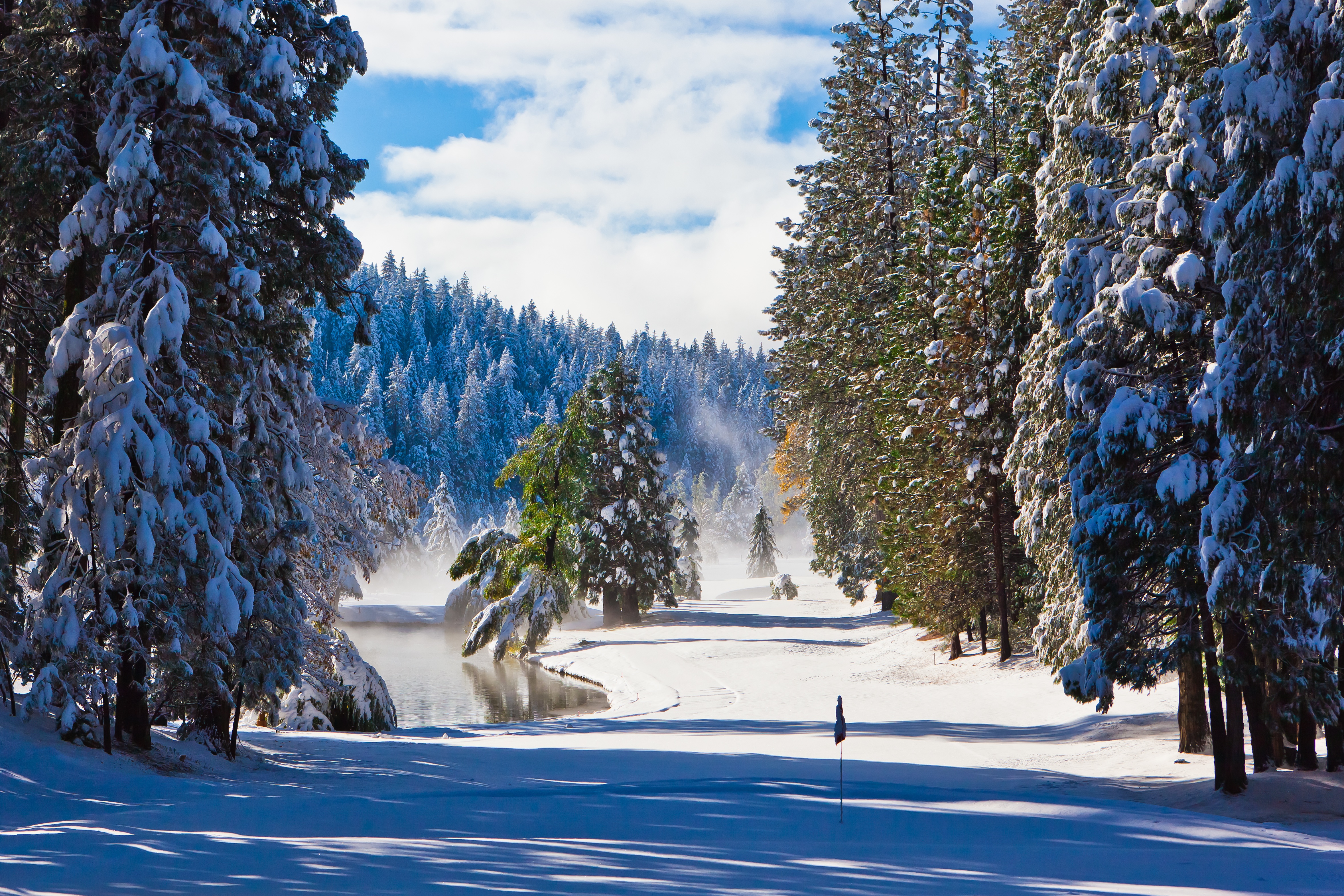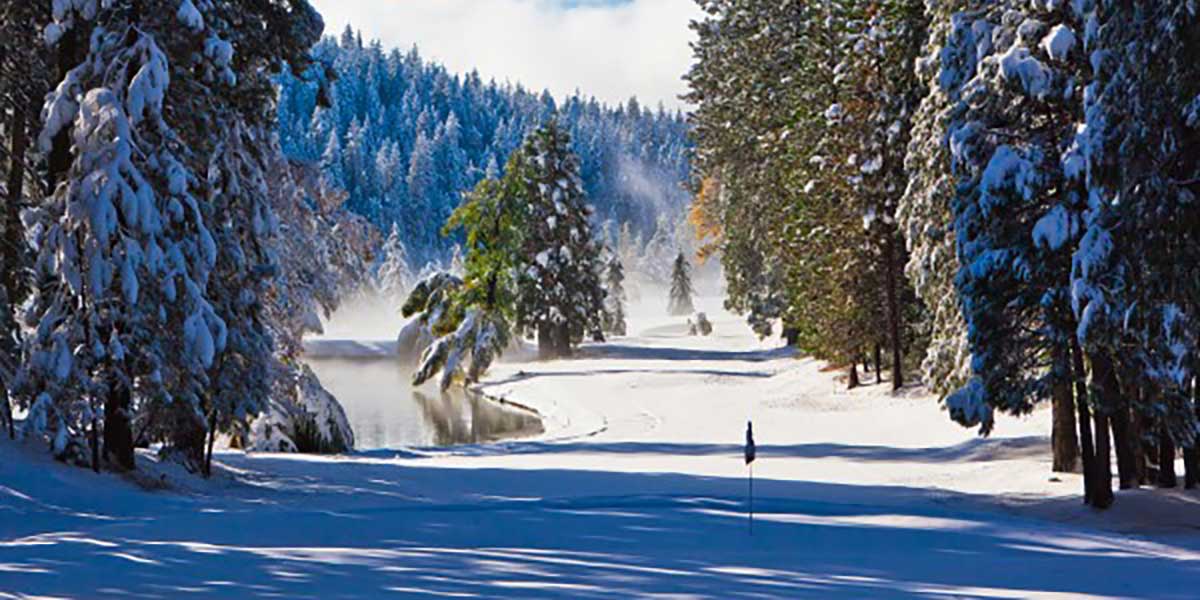Tom Barnhart, founder of RevTechPlus
How to use Dynamic Pricing to Increase Off-Season Revenues
As the off-season approaches the golf markets throughout the northern parts of the US and Canada, it is a great time to review your off-season pricing structure for the winter months. Generally, most courses will set their greens fee rates to a “winter rate”, and that price will not change again until spring. This method of pricing leaves thousands of dollars on the table during the off-season months. Dynamic pricing not only works in the winter months, but is imperative to implement during this time frame to maximize revenue during those nice winter days.

Prior to founding RevTechPlus, I managed several top golf courses in the Midwest region of the country. I have seen firsthand how much the demand of the golf course changes on nice days during the winter months (above average temps, sunny skies, light winds). It always seemed as if we could have sold rounds on those days for double the winter rate. Then there were the poor weather days (cold temps, flurries, overcast, windy) that no one would have played even if it was free. Thus, implementing the pricing strategies below will maximize your rates and revenue during the off-season.
- Determine your base rate for off-season golf. This is or will be near your “winter rate” that you have used in the past.
- Do not drop rates under the base rate, even on the poor weather days. Golfers that are willing to play on the poor weather days are going to be willing to pay your base rate. There is no need to drop below your base rate to try and entice one or two rounds of golf. You are better off saving on expenses than to have a handful of golfers, and risking damage to the course.
- Identify the good weather days and anticipate demand on these days by starting the base rate at a higher price. At RevTechPlus we have a custom weather program that identifies and automatically adjusts rates higher on these days to take advantage of demand.
- Monitor bookings and utilization on the good weather days and increase rates as utilization increases. Be prepared for “walk-ins”, “day of play call-ins” and “no-shows” by booking one or two squeeze times per hour.
- There are going to be frost delays in the morning, along with earlier sunsets during the off-season. This means that you will only have about a four-hour window (9am – 1pm) to fill your tee sheet. If you find that you are fully utilized between 9 AM and 11 AM but have limited demand from 11 AM to 1 PM; then use tee sheet management techniques, and run a double tee from 9 AM to 11 AM. This simple adjustment will allow you to maximize the number of golfers on the course.
- If you have demand for play from 11 AM to 1 PM, then it would be a good idea to offer 9 holes only off the back 9 while running 18-hole tee times off the front. This way you will be able to increase the total number of players on your course during your peak hours.
- DO NOT just offer dynamic pricing with your online tee times. You want to make sure that you appropriately price your over the phone, walk up, and online rates together. All dynamically priced rates should be offered on all distribution channels to maximize demand. Limiting your pricing strategy to online rates will only limit your revenue increases.
- IF you are using a 3rd party tee time distributor, it’s a great time to review your payment model. If you are using barter as a payment method, it may be best for your course to switch to a commission model. This way you are getting paid for every golfer booked rather than having days that the only players on the course are barter tee times. Plus, the commission model in the off-season could be to your advantage.
An Example of Winter Revenue Increase
If there are 10 nice days throughout the off-season, and you are able to play 100 rounds of golf per day. You could increase your revenue by $5000 by increasing your base rate by only $5.
- 10 nice days throughout the off-season
- 100 rounds played per nice day
- Increase base rate by an average of $5
- $5000 more revenue than you would have made by just charging your normal winter rate
In summary, making slight adjustments on how you manage your off-season pricing can turn into real money. I know that when I was managing clubs, an extra $5000 (or more) during the off-season would have made a big difference.
At RevTechPlus, we implement all of the items listed above for our clients on a regular basis for less than the cost of a minimum wage employee. Please feel free to contact me (Tom Barnhart) at tbarnhart@revtechplus.com if you would like to discuss your current off-season pricing strategy or to learn more about our extremely affordable revenue management packages.
Tom Barnhart, Owner
RevTechPlus
PGA Master Professional
Phone: (937) 212-3694
Email: tbarnhart@revtechplus.com
